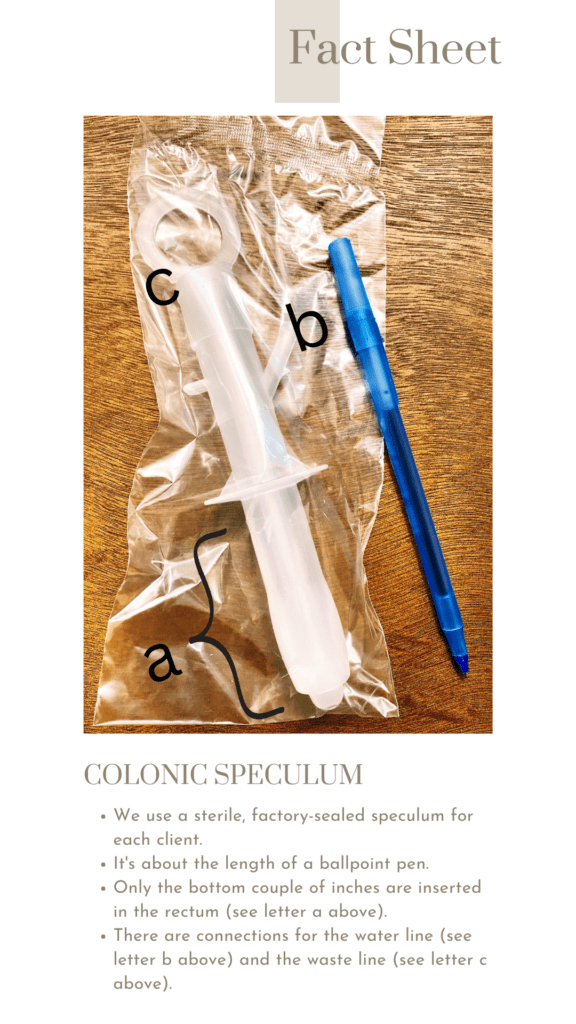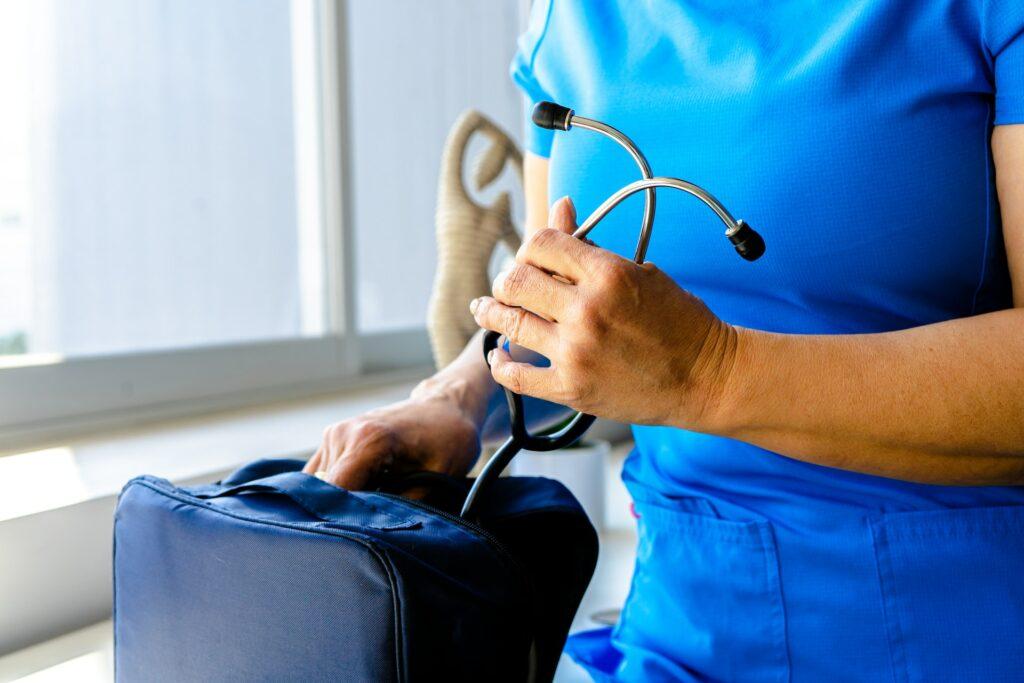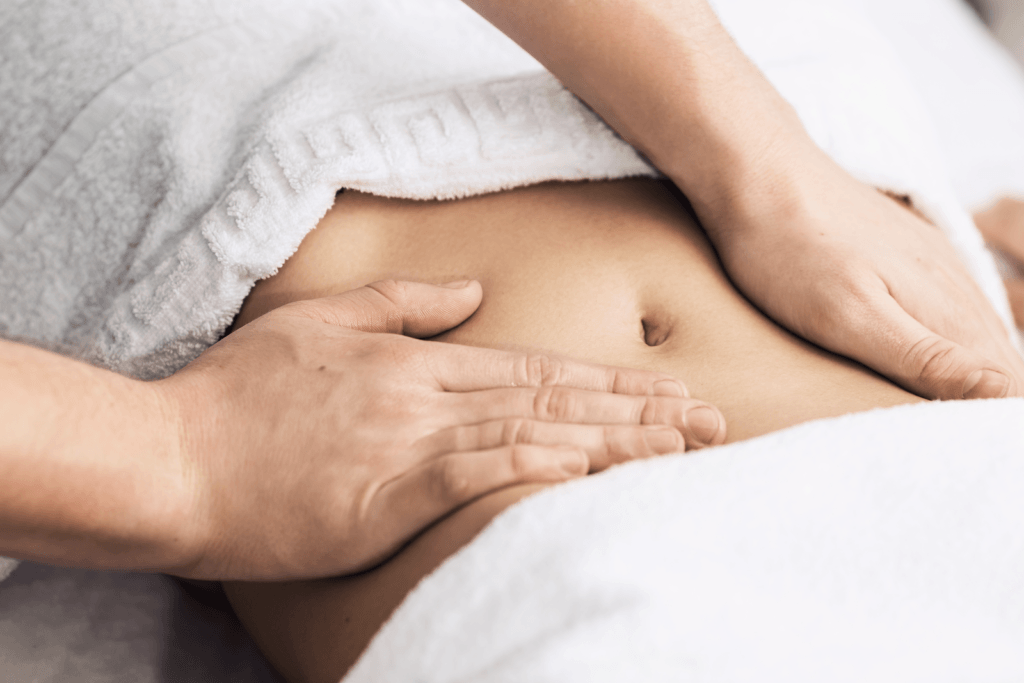
Welcome to Living Arts Wellness, where we believe in the power of holistic healing and rejuvenation. Nestled in the vibrant community of Fort Collins, Colorado, our wellness center is dedicated to providing an oasis of tranquility amidst the bustling city life. Today, we invite you to embark on a journey of relaxation and renewal through the art of massages.
Discovering Bliss in Fort Collins:
Fort Collins, known for its scenic beauty and outdoor adventures, offers more than just picturesque landscapes. It’s a haven for wellness enthusiasts seeking solace and rejuvenation. Amidst the array of activities and attractions, massages stand out as a timeless practice cherished by locals and visitors alike.
At Living Arts Wellness, we understand the profound impact that massages can have on physical, emotional, and spiritual well-being. Our skilled therapists blend ancient healing techniques with modern methodologies to create personalized experiences tailored to your unique needs.
The Healing Touch:
Step into our serene sanctuary, where the soothing ambiance sets the stage for profound relaxation. From Swedish massages to deep tissue therapies, our diverse range of offerings caters to every preference and requirement. Whether you seek relief from muscular tension, stress reduction, or simply a moment of indulgence, our massages are designed to melt away your worries and revitalize your spirit.
Our therapists are not merely practitioners but artists, adept at intuitively understanding the intricacies of the body and mind. With gentle yet firm strokes, they alleviate tension, improve circulation, and promote holistic balance. Each session is a symphony of touch, guiding you towards a state of profound bliss and inner harmony.
A Holistic Approach to Wellness:
At Living Arts Wellness, we believe in nurturing the body, mind, and soul in unison. That’s why our massages extend beyond the physical realm, encompassing elements of mindfulness, energy healing, and holistic wellness. As you surrender to the therapeutic touch, you’ll embark on a transformative journey of self-discovery and renewal.
Moreover, our commitment to sustainability and eco-conscious practices ensures that your wellness experience is not only enriching but also environmentally friendly. From organic massage oils to ethically sourced materials, every aspect of your visit is thoughtfully curated to align with our values of mindful living.
Embrace the Art of Self-Care:
In the hustle and bustle of daily life, it’s easy to overlook the importance of self-care. Yet, amidst the chaos, moments of stillness and rejuvenation are essential for nourishing the soul and replenishing our inner reserves. At Living Arts Wellness, we invite you to prioritize your well-being and embrace the art of self-care through the transformative power of massages.
Whether you’re a local resident or a traveler passing through Fort Collins, we welcome you to experience the magic of our sanctuary. Let go of the stresses of the outside world and immerse yourself in a world of serenity and healing. Your journey towards holistic wellness begins here.
Conclusion:
In the heart of Fort Collins, amidst the majestic beauty of Colorado, lies a sanctuary dedicated to the art of healing and rejuvenation. At Living Arts Wellness, massages are more than just a treatment—they’re a pathway to profound relaxation, inner harmony, and holistic well-being. Come, escape the ordinary, and discover the transformative power of massages in Fort Collins. Your body, mind, and soul will thank you.


















